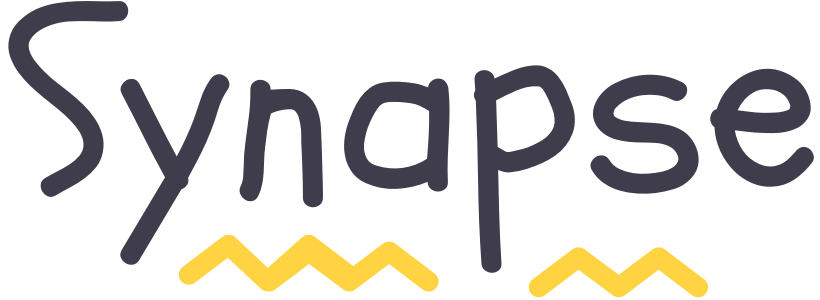The miniaturization of computing devices and pervasiveness of the internet has led to a different kind of consumer demand. The shift of the consumer attention has moved from the physical space to the online space. Consumers now demand far more interactive, newer and adaptive content formats
The miniaturization of computing devices and pervasiveness of the internet has led to a different kind of consumer demand. The shift of the consumer attention has moved from the physical space to the online space. Consumers now demand far more interactive, newer and adaptive content formats.
Around this theme, we have identified 3 major drivers which are leading to this explosive growth.
#1: The proliferation of consumption channels, each with their own content style and curated themes has led to an explosion in the adaptation needs for any content producer who wants to deliver it on these channels.
#2: Snack to Binge - Consumer attention spans are variable now and the same content now needs to be available in different devices, across apps & sessions, in shorter as well as longer formats.
#3: Relevant & Customized - The need for relevance in content. Most content at this point in time is created with a mass audience in mind. As consumers find more choice, they need content more in tune with their own tastes.
Meeting this demand for content is no longer an easy task for a small design or creative team. From a team which used to produce a creative in a single format, for a single device, for all users to now, the operational aspect of dealing with adaptation for attention, relevance and, devices is becoming a major pain point for creative and content teams.
How can businesses deal with this plethora of time, format and screen-based adapts?
As consumers, we are rapidly moving to the era of needing content that is created specifically keeping our tastes in mind. An era heralding the arrival of personalized content. So far the answer to this has been to empower users to create different customizations and let the more popular ones surface up. The UGC methodology to content creation. But as the demand for high quality customized content increases, the UGC method no longer suffices. High-quality content is created in the studios with collaboration between teams and individuals.
- How do we meet this conflicting need for high quality, yet customized, content?
- How do we empower studios to go from easy simple creation to high-quality content, yet at scale?
There’s got to be a better approach to how we produce quality content.

 Go to App
Go to App Subscribe
Subscribe

